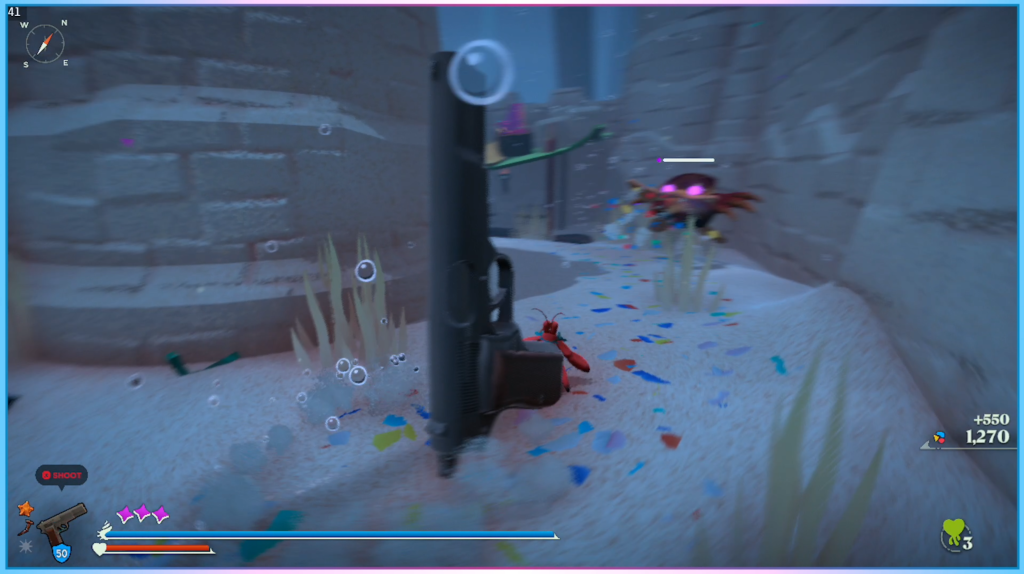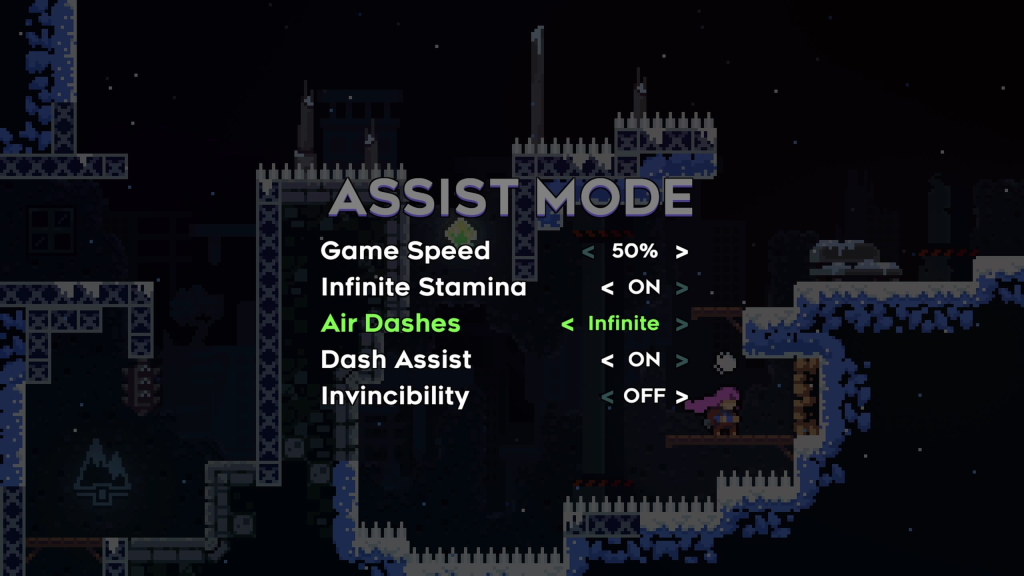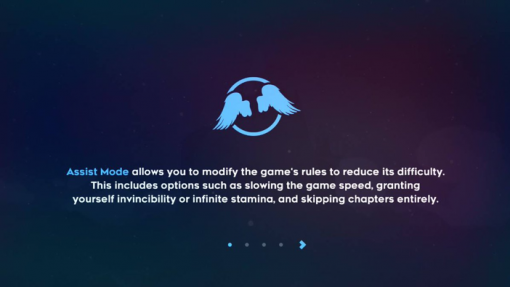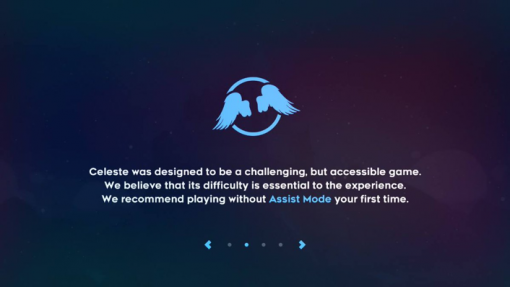This week, Sophie spoke to us all about the importance of accessibility in video games.
Games are a media that should be able to be enjoyed by all, however some communities that love video games aren’t necessarily being included due to lack of accessibility, like:
- The disabled community
- People stuck in hospitals
- People who are out of work
- People in rehab
After this, we were tasked with thinking about games that had good accessibility modes, some of the games that I thought about were:

- Another crab’s treasure
- In the accessibility options, there is the option to give Krill (the player character) a big gun as his shell that shoots enemies
- Allowing players to experience all of the worldbuilding and story of the soulslike game, without the gruelling difficulties that are made even harder due to disabilities

- Celeste’s ‘Assist mode’
- Allows the player to make certain tweaks to the game if they need to
- However, the devs make an important note to the player before doing so. I believe this is important as the devs should be allowed to tell the player what the intended experience of the game is before hand. Yet they are allowing the game to be more inclusive by the implementation of ‘Assist mode’



This website contains a list of possible changes to increase accessibility in games, categorized from basic, to intermediate to advanced. Which is something we will definitely keep in mind during the development of Lament: